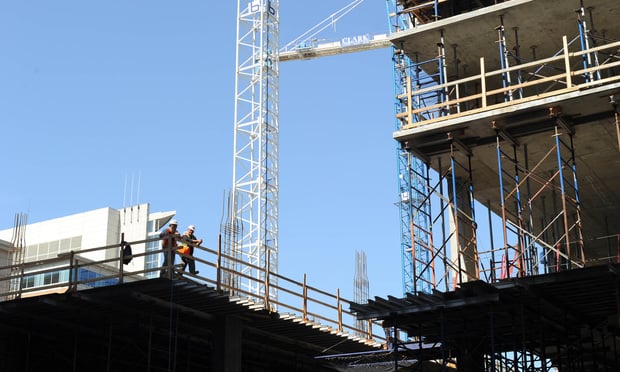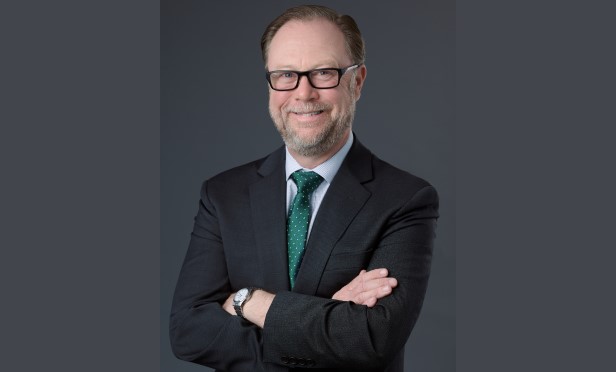After the housing bubble burst in 2008, foreclosed homes,shuttered windows and overleveraged for-sale properties becamefamiliar scenery across the country. Despite its generally robustconstitution, even New York City’s multifamily market—one of thecity’s biggest sectors—suffered a blow just like suburbia.
Before the crash, hungry developers ravenously bought up land inareas like Williamsburg, Brooklyn and Long Island City, Queens tobuild shiny new condominiums, expecting to pre-sell enough units toobtain construction financing. But as credit tightened, many ofthese ambitious projects never filled up—and stopped altogether,leaving behind concrete and metal shells.
But now, those outer-borough locales are beginning to stabilizeas new investors pour capital into stalled or foreclosedmultifamily properties. “There’s absolutely demand for stalledsites, but it’s a little different,” SpencerGarfield, managing director at Hudson RealtyCapital, a real estate fund manager with more than $1.5billion in assets, tells Real Estate Forum. “There’s acertain risk associated with taking on someone else’s stalleddevelopment, and not everybody has the stomach for that risk.”
Continue Reading for Free
Register and gain access to:
- Breaking commercial real estate news and analysis, on-site and via our newsletters and custom alerts
- Educational webcasts, white papers, and ebooks from industry thought leaders
- Critical coverage of the property casualty insurance and financial advisory markets on our other ALM sites, PropertyCasualty360 and ThinkAdvisor
*May exclude premium content
Already have an account?
Sign In Now
© 2024 ALM Global, LLC, All Rights Reserved. Request academic re-use from www.copyright.com. All other uses, submit a request to [email protected]. For more information visit Asset & Logo Licensing.








